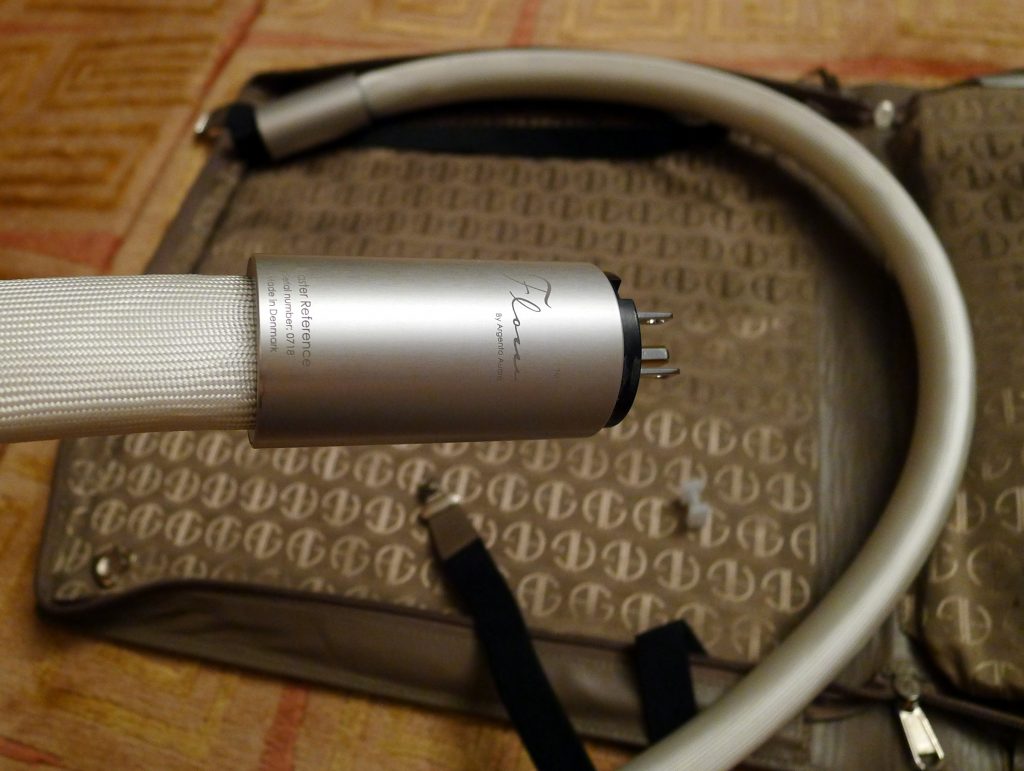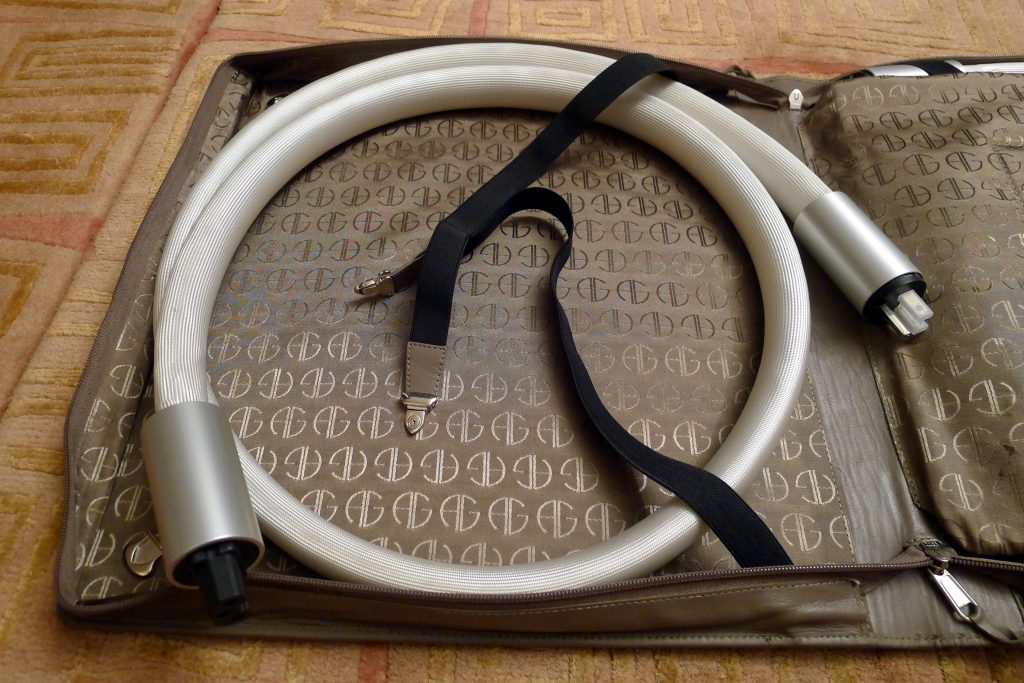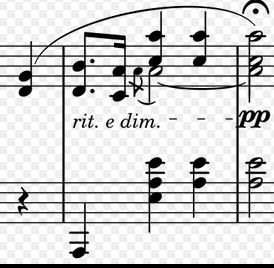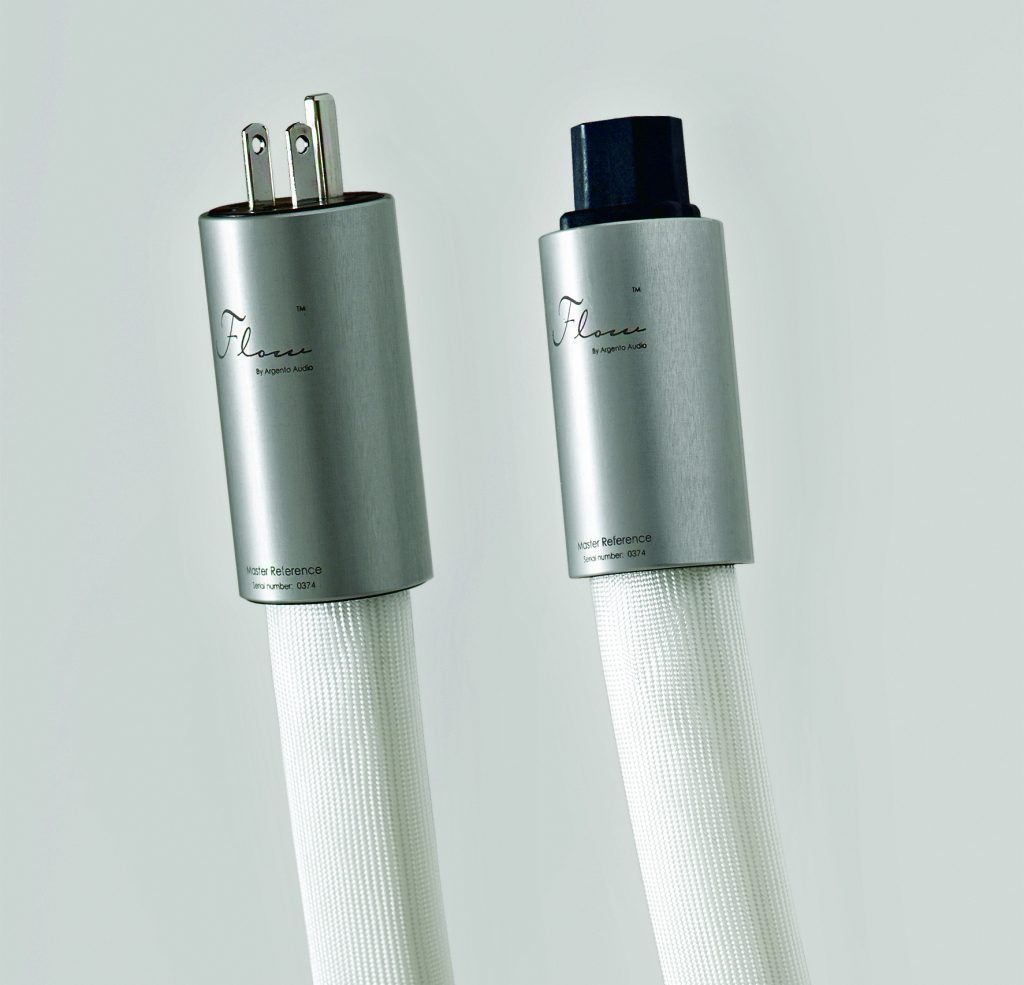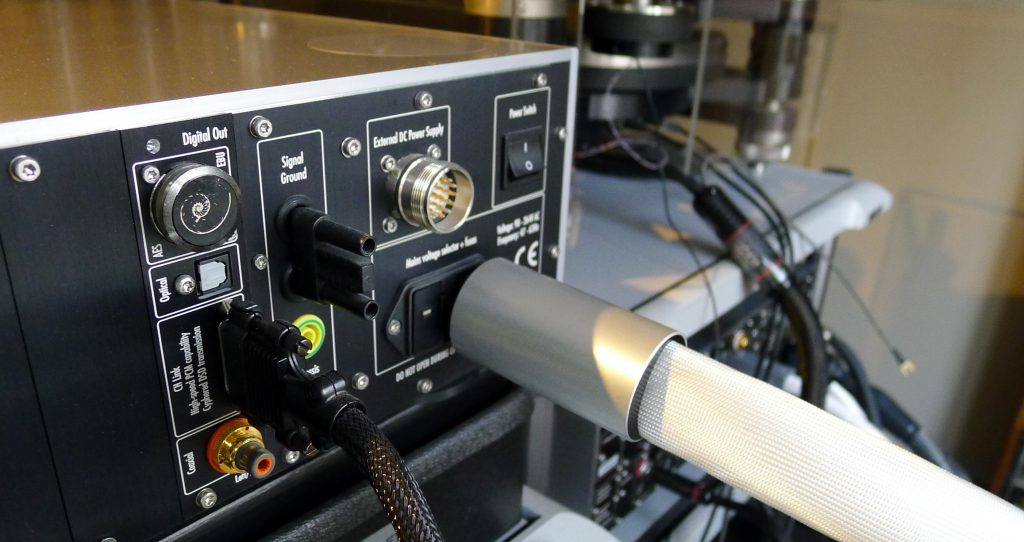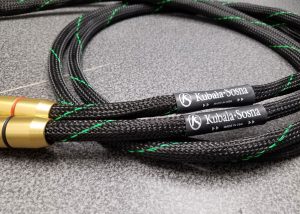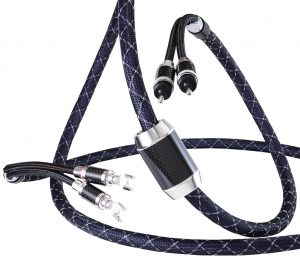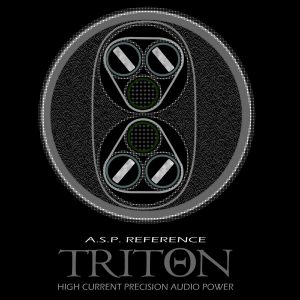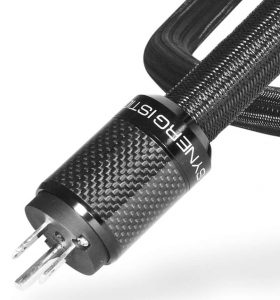You know how one thing leads to another. Since I am a huge fan of CH Precision, having acquired a whole system of their components, when I found out they market audio cables, I soon reviewed their Reference line (HERE). Once again, I was taken and acquired the demo set. Turns out the CH cables are actually sourced from Argento Audio. So I followed the bouncing ball and contacted Argento, figuring their own brand of cables would be worth checking out.
Ulrik Madsen, the proprietor and chief designer of the Danish firm, was amenable to a review project and suggested we start with the Flow Master Reference Power Cord (MSRP $8200/2m). That seemed appropriate given that the CH Ref line does not include a power cord at this time.
Luxury Goods from Denmark
The cables come in a classy olive drab (my favorite color!) leather flight bag. With the build quality and cosmetics of imported luxury goods, they are beautiful to gaze upon. Although not heavy, they have an elliptical profile and a larger diameter than all but my Stage III PCs. Given that they are somewhat inflexible, to put it mildly, and are terminated with a 3" long metal barrel, the white-sheathed FMR don't navigate corners easily. You may have to gently twist them to get the termination plugs aligned properly. For all these reasons, I would avoid very short lengths. Allow plenty of room to gracefully drape them—no sharp bends for these guys!
Burn-In
In an unusual request, Ulrik wanted me to listen right out of the box: "With regards to burn-in time, I think you should use them and experience the process… Please tell me your experience of the process in your particular situation."
I was resistant because that breaks my cardinal Rule #1. In my experience it's never a good idea to listen to wires (or components) right out of the box. You will get a false impression and any copy generated at this point winds up being thrown away. Whatever it is that happens during burn-in is unclear, but I can tell you with certitude that fresh wires need time to form.
Fresh Out of the Box
One of these new top-of-the-line Flow Master Reference power cords went on the CH Precision P1 Phono Stage, another on the CH C1 DAC. Then I gave a listen to an LP which has been getting a lot of play time lately, Bohuslav Martinů's String Quartet #1 with the Panocha Quartet (Supraphon). Many consider the Panocha cycle definitive.
Fresh out of the box, the top-end was open, very lively, and dominant. The mids were clear and full of detail. The bottom wasn't always present, but when called for it came in tight and punchy. The overall balance was a little tipped up, but somehow the portrait as a whole was able to conjure how a string quartet often sounds in a lively room. The natural tone and timbre were striking.
After 48 Hours
After 48 hours, the low frequencies appeared. It continued to be tight sounding—nothing is loose—although the large images have soft, amorphous borders. Locations were stable and precise, and stage width was starting to fill.
Day 5
By day 5, exquisite coherency and frequency integration joined the FMR's naturalistic tone and timbre. One is tempted to think they are lush as there is plenty of ambiance on the softly rounded treble, but there is no excess bloom. This is a 100% acoustic sound; all evidence of the mechanical has been disposed of.
I asked Ulrik: "They have five days on them. Was I done yet?"
UM: "The cables are now in a settling period—the sound will become increasingly balanced and open—little by little… This will go on for a long time."
MN: "What happens if I remove them and go back to my reference PC? If I do an A/B like that, will it disturb/slow down the burn-in?"
UM: "Unless you are in a hurry, you should leave them for another week or two and then try them in different places and do comparisons…As you experienced with the CH cables, when they are moved around a lot, they need to resettle for a period of time…"
Yeah, he was right. I left them in and the changes gradually leveled off, stabilizing around the two week marker.
The Quality of Flow
In musical notation legato is noted with a little ᴖ, a curved line or slur, over a string of notes. It tells the violinist to keep the bow moving without a break. The notes should flow into each other. It is the opposite of staccato, a marking that indicates short notes with an audible space between them.
Example of legato
Well, the FMR PC is definitely in the legato camp—but not entirely. Describing a component or wire as legato implies a soft transient, a long tail, and possibly loose bass. The FMR PC does have a long tail and the notes are connected, but the transient is whip-sharp and the bottom is neither meek nor loose, with good clarity and definition. So it is and it isn't legato. This was the first of many conundrums the power cord presented.
Perplexing Conundrums
The FMR's capability in the beauty department was unparalleled. If I put on a familiar, well-made, acoustic recording, the FMR was likely to bring out subtle nuances and delicate low-level details that boosted the beauty quotient. Yet, from a poorly recorded source you would get none of that. It might even sound worse. How can the FMR scale such heights and alternately plunge to such depths?
Here's another one. After the settling in period, the FMR tonal balance was a little lighter than my reference Kubala•Sosna Elation! or TARA Labs The Muse power cords. They were very smooth and midrange-centric, and seemed to play down the frequency extremes. But wait—on some occasions when I switched CDs, the midrange took a dip and it was mostly extremes. The tonal balance of this cord shifted like a chameleon, changing with source material.
There's only one way a power cord can accommodate these schizophrenic extremes. Call it full-bore transparency to the source—with a penchant for uncovering latent beauty beyond other PCs.
And there's one more. So far, I have been dwelling on the FMR's refinement and naturalism, because that's a powerful drug on my auditory system. In due course, a crescendo came rolling along and I had an additional eye-opener. These cords are explosively dynamic and powerful. They easily accommodated the expansion of an unfolding crescendo, rolling right with it wherever it needed to go without any sign of stress. Macro capabilities are excellent.
An Unspectacular Sound
Over time, visitors have used many adjectives to describe my sound, but on this occasion it was an original. While I was writing up the Doshi Preamp (HERE), Nick Doshi and Anthony Chiarella paid a visit to hear their preamp in my installation.
It was obvious they were enamored by what they heard. And then Anthony proclaimed, "Now don't take this the wrong way, but I think your system can best be characterized with a single adjective—unspectacular."
I recoiled, unsure what he meant, and pressed him to explain.
"Unspectacular in the sense that nothing stands out. On the other hand, nothing is missing and nothing is there that shouldn't be."
Ah, yes, now I got it. Few audiophiles talk about this. We're always dwelling on shortcomings or excellence in particular areas that calls attention to itself. It's actually the highest compliment, because that's what live acoustic sound is. The sound around us in daily life—that we are immersed in—is wholly without boom and sizzle. There are no artifacts, nothing mechanical, no evidence of a process (what process?), and also no euphony. On occasion, it can be ecstatically beautiful when the alchemy of musician, instrument, and performance hall is just right. I live for those occasions. But, in general, the sounds of daily life are unremarkable.
CH Ref and Argento FMR Similarities
Apart from the Doshi preamp and one length of Kubala-Sosna Elation! interconnect, on this occasion I was running all CH Precision components and CH Precision Reference wires. When you combine CH components and their Reference wires, that's what you get. From my conclusion to the CH Ref wire review:
The CH Ref wires went in and quickly made me realize what I had before was an audiophile definition of good sound. The CH Ref put me back in the concert hall…
Those Doshi guys should hear the system now with the Argento Flow Master Reference Power Cords—it is really unspectacular. The PCs hoe the same row as the CH Ref wires and dig it deeper, pushing it further from Hi-fi. No surprise there, as they are all from the same designer's hand.
Design and Materials
Argento Audio was founded in 1991 and the FMR power cord has been in production since 2007. It has proven popular with consumers—I'm told over 2200 of the Flow /FMR power cables have been sold. The designer wanted to make a statement with this power cord and used no off-the-shelf parts. Everything is original and custom-made.
A couple of key design points:
- Argento considers shielding harmful, something to be avoided wherever possible. All of their wires are unshielded with a single exception: the ground wire of power cords. It is needed in that application to protect against noise from switch-mode power supplies and digital components. Note: the hot and neutral conductors of the power cord are, of course, unshielded.
- Extreme attention has been focused on resonance control. A proprietary damping compound of mixed materials and optimal dielectric properties was developed and patented called VDM® (Vibration Damping Material). It is injected into the cable's dielectric under high pressure and vacuum conditions in a multi-stage process.
- The conductors are individually insulated and of very heavy gauge.
Conclusion
It's funny how things develop. I had just achieved top-notch sound with my reference wires and then an outlier came in and completely turned things around. Music reproduction changed in a fundamental way with the CH Precision Reference signal wires. They made clear what I had before was like being in a recording studio. The CH wires put me back in the concert hall. I missed being there.
The CH wires are sourced from Argento Audio. While the CH set does not include a power cord at this time, Argento does. I guessed it would bear more than a passing resemblance to the CH Ref sound. After all, the Argento Flow Master Reference Power Cords comes from the same designer's hand.
I guessed right. The FMR build upon the foundation laid down by the CH Ref and nudge it further away from anything resembling hi-fi sound. With them, I am more convincingly seated in the concert hall. These power cords can be extremely powerful and dynamic, but it was their beauty and naturalism that bowled me over time and again.
Flow Master Reference Power Cord
Retail: $8200/2 m
Argento Audio




